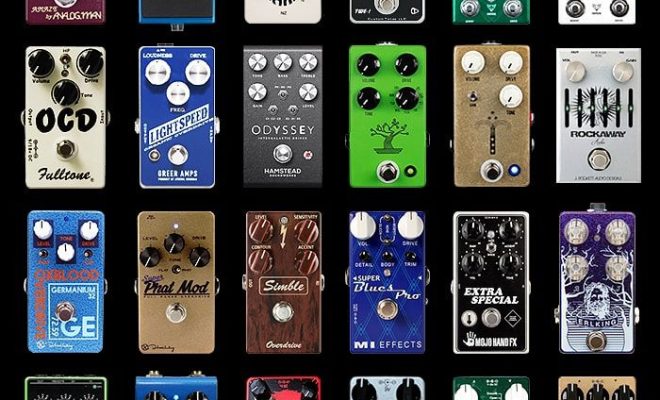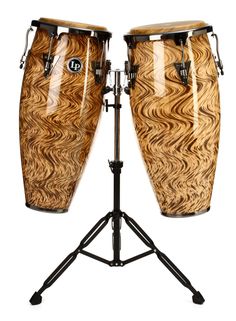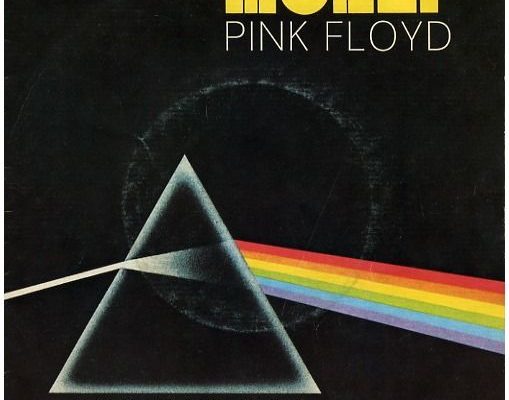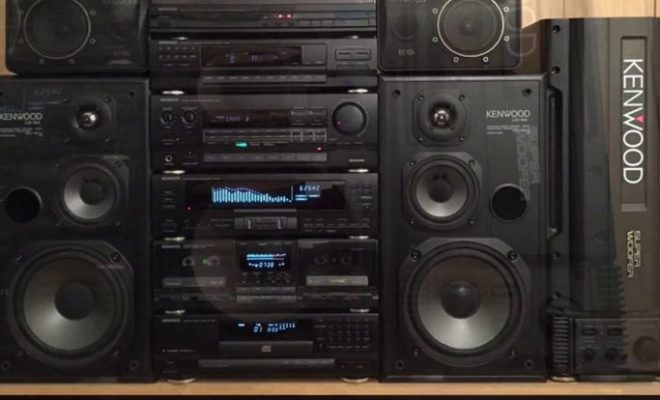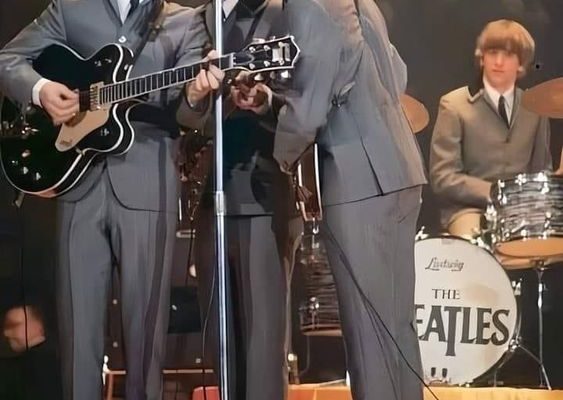The Best Can Album, According To Damo Suzuki

Damo Suzuki, former lead singer of the influential German experimental rock band Can, has often been hesitant to pick favorites from the band’s discography. However, in various interviews over the years, Suzuki has voiced particular fondness for “Tago Mago,” Can’s third studio album. Released in 1971, “Tago Mago” is frequently cited by Suzuki and many fans as a definitive work that encapsulates Can’s innovative approach to music.
“Tago Mago” is known for its experimental sound, blending rock, jazz, and avant-garde music into a form of early krautrock. The album’s unique style arises from long, improvisational sessions that were then edited down into structured compositions by the band. It features Suzuki’s improvised vocalizations that drift between haunting incantations and streams of consciousness, overlaid onto the rhythmic backbone provided by Jaki Liebezeit’s percussion and Michael Karoli’s guitar work.
Suzuki’s performances on tracks like “Paperhouse” and the side-long composition “Halleluwah” are particularly noteworthy for their energy and inventiveness. The album also pushes boundaries with pieces like “Aumgn” and “Peking O,” which explore dissonance and noise alongside more melodic elements.
For Damo Suzuki, “Tago Mago” stands as a high point for Can, showcasing their ability to push the limits of what was considered conventional music at the time, while still achieving a sense of structure within chaos. The combination of fearless experimentation and disciplined musicianship on “Tago Mago” arguably makes it one of the best albums in Can’s oeuvre according to Damo Suzuki.


